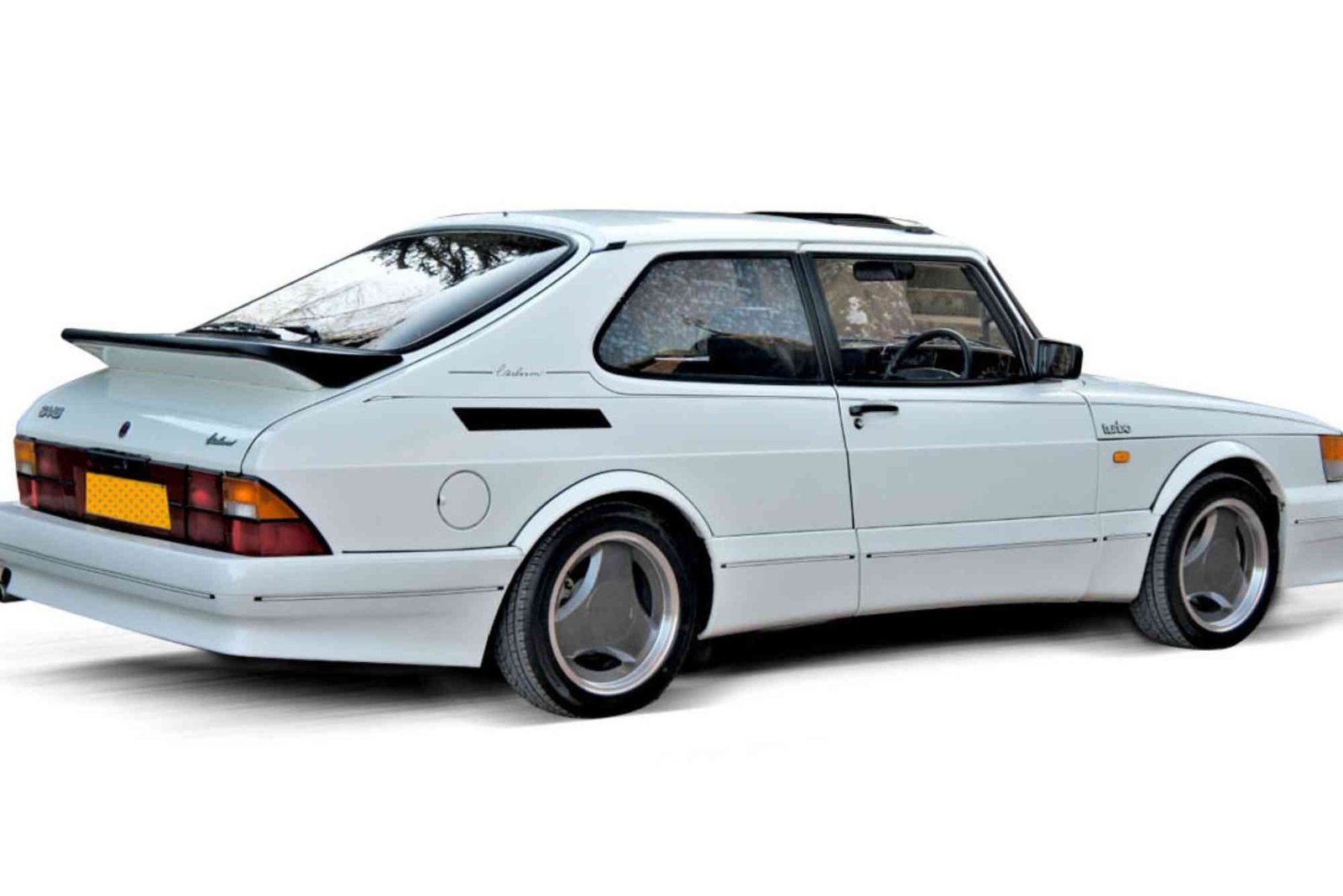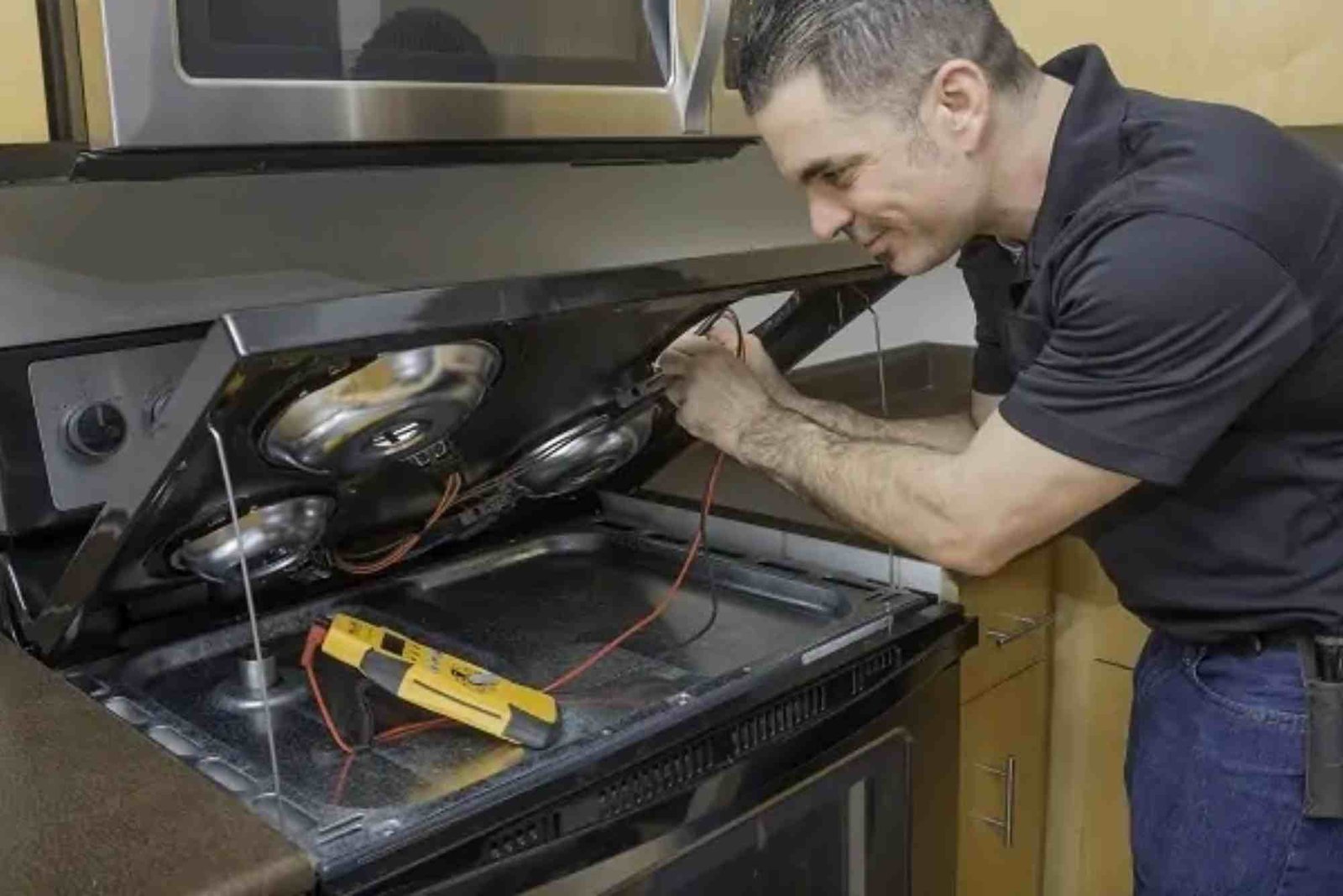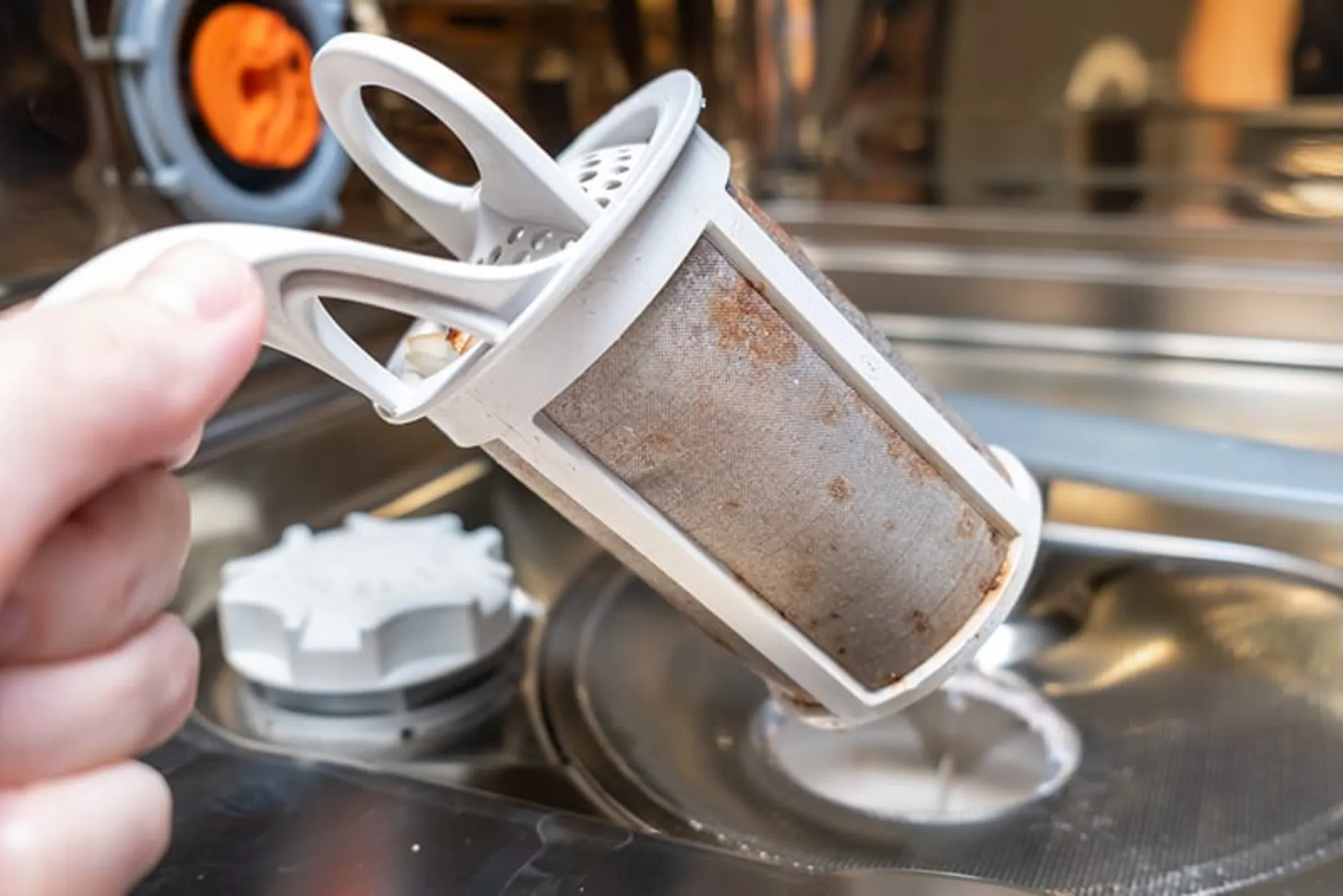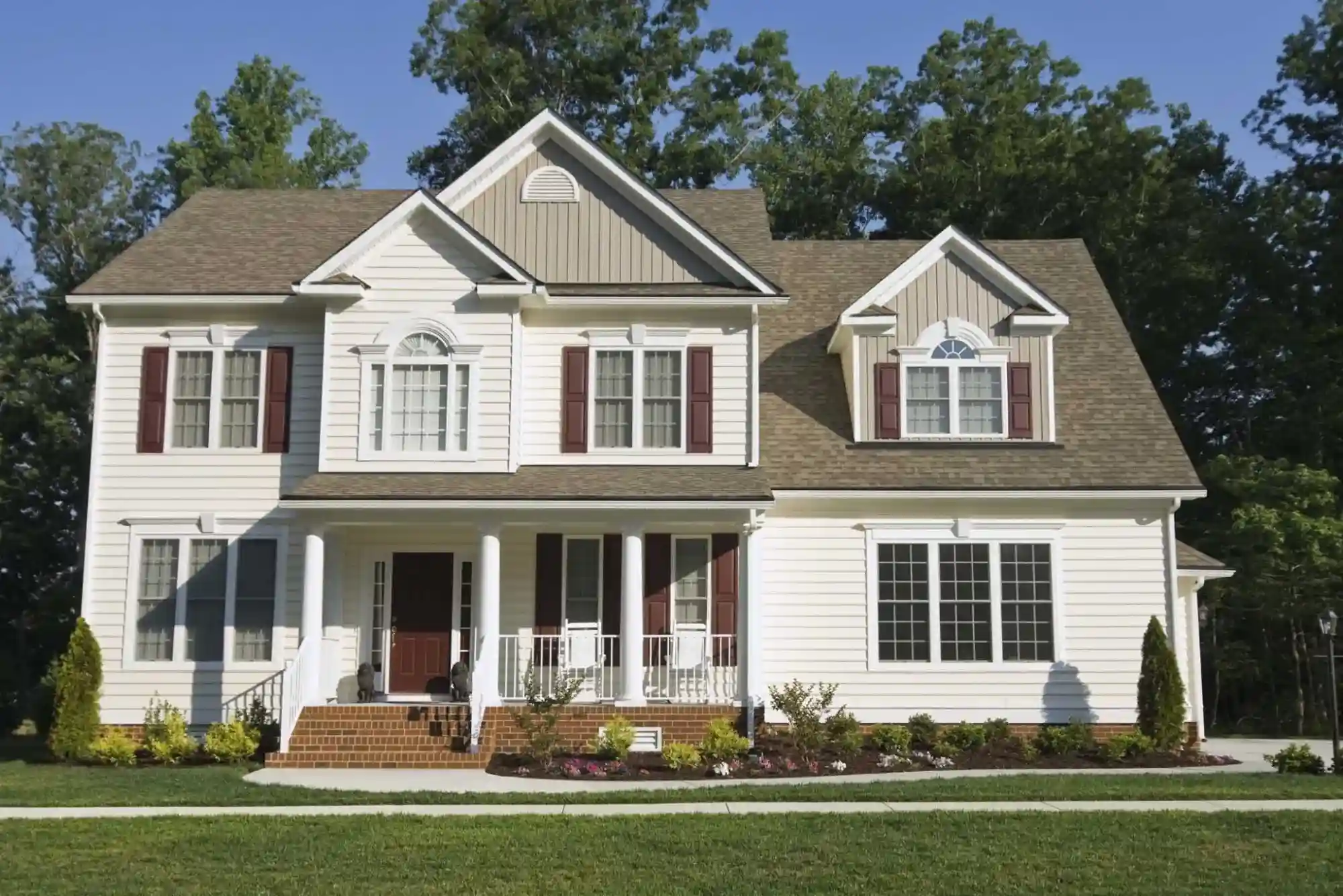Practical Tips: Who Owns Saab Automobiles
The story of Saab Automobiles is one of innovation, resilience, and transformation. Once a pioneer in Swedish engineering, Saab has a fascinating history that continues to intrigue car enthusiasts and business analysts alike. But the big question remains — who owns Saab Automobiles today? This detailed guide explores the company’s origins, its evolution through various ownerships, and its current status in the global automotive industry.
Introduction: The Legacy of Saab Automobiles
Saab Automobiles began its journey in 1945 as a subsidiary of the Swedish aircraft manufacturer Saab AB (Svenska Aeroplan Aktiebolaget). The company initially focused on creating small, aerodynamic cars that reflected its aviation heritage. Known for their safety, turbocharged engines, and innovative design, Saab cars quickly gained a loyal following around the world. However, over the decades, the brand faced several financial and ownership challenges that changed its trajectory.
Understanding Who Owns Saab Automobiles today requires exploring these historical transitions. Each phase of ownership has shaped Saab’s identity, leaving behind a trail of innovation, bankruptcy, and revival efforts that make it one of the most unique brands in automotive history.
A Brief History of Saab’s Ownership Journey
The ownership history of Saab Automobiles is a complex web of corporate takeovers, strategic partnerships, and financial restructuring.
From Saab AB to General Motors
In 1949, Saab released its first car, the Saab 92, designed with aerodynamic principles derived from aircraft engineering. For decades, the company remained under Saab AB until the late 1980s when it faced increasing competition and financial strain. In 1989, General Motors (GM) stepped in and acquired 50% of Saab Automobiles, marking the beginning of its globalization era. By 2000, GM took full ownership of Saab, integrating it into its global portfolio.
Under GM, Saab developed several notable models such as the 9-3 and 9-5, which blended Scandinavian design with American engineering. However, despite GM’s efforts, Saab struggled to compete with luxury rivals like BMW, Audi, and Volvo.
The Bankruptcy and Sale to Spyker Cars
In 2010, General Motors decided to sell Saab due to ongoing financial losses. After negotiations with several potential buyers, the Dutch sports car manufacturer Spyker Cars acquired Saab Automobiles. The acquisition brought a wave of optimism, with Spyker promising to restore Saab’s reputation for innovation.
Unfortunately, financial instability persisted. Spyker’s small size and limited capital made it difficult to sustain Saab’s operations. By 2011, Saab declared bankruptcy, ending an era of independent car production under the Saab name.
NEVS — National Electric Vehicle Sweden
In 2012, Saab found a new lifeline when a consortium called National Electric Vehicle Sweden (NEVS) acquired the brand’s assets. NEVS, backed by Chinese and Swedish investors, aimed to revive Saab as an electric vehicle manufacturer. This acquisition marked a shift toward sustainability and clean mobility, aligning with global trends in electric car production.
However, NEVS faced its own set of challenges. Licensing issues prevented NEVS from using the Saab name and logo in future models. Eventually, Saab AB, the aerospace company that originally founded the car brand, revoked NEVS’s right to use the trademark.
Who Owns Saab Automobiles Today?
As of today, Saab Automobiles as a car-producing company no longer exists. The rights to the Saab automobile brand remain with Saab AB, the aerospace and defense company. NEVS owns the assets and facilities that once belonged to Saab Automobiles, but it operates under its own name.
In essence, Saab AB controls the Saab brand name, while NEVS controls what remains of Saab’s automotive legacy, including technology, designs, and manufacturing plants in Trollhättan, Sweden.
NEVS has since pivoted toward developing electric and autonomous vehicles under new brand identities. In 2020, NEVS became a subsidiary of Evergrande Group, a major Chinese conglomerate involved in electric vehicle development through Evergrande New Energy Vehicle Group. This connection brought new investment and opportunities for technological advancement, although financial difficulties at Evergrande have affected NEVS’s long-term outlook.
Why Saab Still Matters
Despite its complex ownership story, Saab continues to hold a special place in automotive culture. Its focus on driver safety, aerodynamics, and innovation set industry standards that still influence modern car design. Saab was among the first to introduce features like turbocharging, active head restraints, and ignition switches placed between the front seats for enhanced safety.
For car enthusiasts, Saab represents more than a brand — it symbolizes a spirit of engineering creativity and independence. Even though production has ceased, used Saab cars continue to have a passionate global community of owners and collectors who maintain and restore these unique vehicles.
Practical Insights: What Saab’s Journey Teaches Us
The story of Saab offers several lessons for modern businesses and automotive startups:
Innovation Alone Isn’t Enough
Saab’s early success came from its innovation, but it also shows that technological advancement alone cannot sustain a company without strong financial management and market adaptability.
Global Partnerships Can Be Double-Edged
While partnerships with major corporations like GM provided Saab with resources and global reach, they also diluted the brand’s unique identity. This tension between independence and integration remains a critical issue for many niche automakers today.
Brand Legacy Has Lasting Value
Even after its dissolution, the Saab brand continues to inspire loyalty and admiration. This enduring legacy shows how a strong identity rooted in quality and innovation can outlive the company itself.
For readers interested in other insights about the automobile world, you can explore this Related Automobile article that provides a broader perspective on automotive markets and trends.
The Future of NEVS and Saab’s Legacy
As NEVS continues to evolve under Evergrande’s ownership, the focus has shifted toward electric mobility. NEVS has developed several concept vehicles, including the NEVS 9-3 EV, inspired by Saab’s classic models. However, the use of the Saab name remains restricted, limiting the brand’s global visibility.
In 2023, NEVS paused many operations due to financial challenges, reflecting the broader instability in the electric vehicle market. Still, the spirit of Saab’s innovation persists through NEVS’s efforts to create sustainable transport solutions. Whether Saab will ever return as a car brand remains uncertain, but its influence on engineering design, safety, and driver-focused innovation continues.
The Enduring Spirit of Saab
While Who Owns Saab Automobiles might seem like a simple question, the answer reveals a deep story of innovation, struggle, and transformation. Today, Saab AB owns the brand, and NEVS holds the legacy of its car manufacturing assets. Though Saab cars are no longer produced, the company’s influence on the automotive world endures through its pioneering designs, safety innovations, and dedicated fanbase.
If you are passionate about automotive history, sustainability, or emerging technologies, you can explore more fascinating insights about car brands and their evolution at Who Owns Saab Automobiles or Learn more about the global players shaping the future of mobility.
FAQs
1. Who owns Saab Automobiles today?
Saab Automobiles no longer exists as a separate entity. The Saab brand is owned by Saab AB, while NEVS (National Electric Vehicle Sweden) owns the automotive assets and facilities.
2. Does Saab still make cars?
No, Saab-branded cars are no longer produced. NEVS attempted to revive Saab’s automotive division through electric vehicle projects, but they could not use the Saab name due to trademark restrictions.
3. Can you still buy a new Saab car?
New Saab cars are not available. However, used Saab vehicles are still popular in secondary markets due to their engineering quality and reliability.
4. What happened to Saab under General Motors?
Under GM, Saab produced several models but struggled financially. GM eventually sold Saab to Spyker Cars in 2010 after the brand failed to achieve sustainable profitability.
5. What does Saab stand for?
Saab stands for “Svenska Aeroplan Aktiebolaget,” which translates to “Swedish Aeroplane Company.” The name reflects the brand’s origins in aviation.
6. What kind of cars did Saab make?
Saab produced a range of sedans, convertibles, and hatchbacks known for their turbocharged engines, advanced safety features, and Scandinavian design.
7. Will Saab ever make cars again?
Currently, there are no official plans for Saab-branded cars to return. However, NEVS and its successors may continue Saab’s legacy through innovative electric vehicles.







